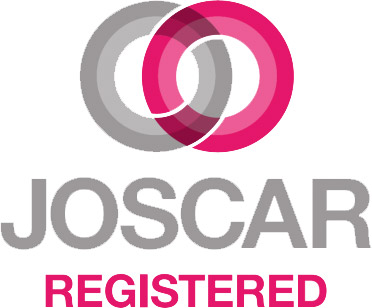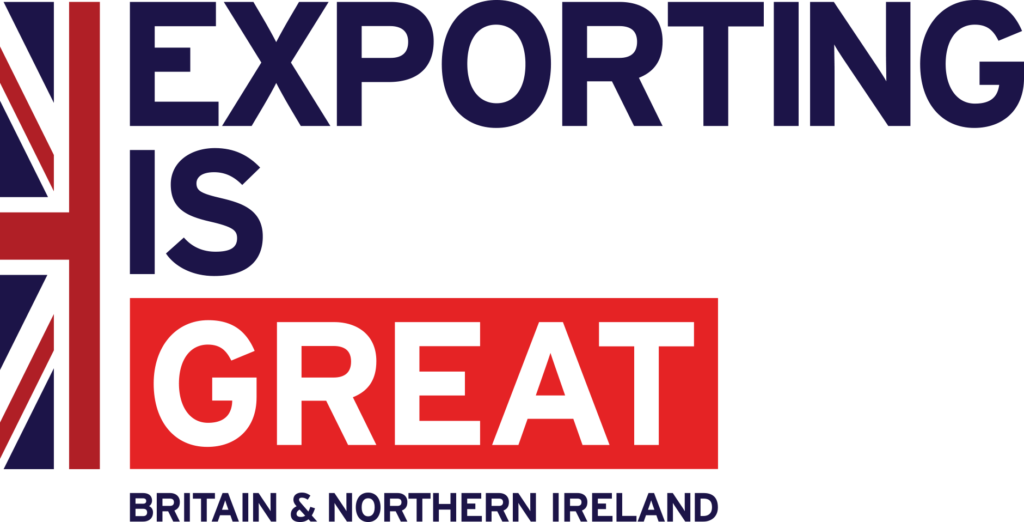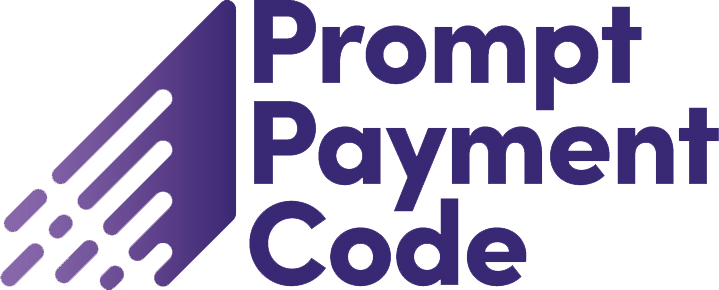“ You’ll always miss 100% of the shots you don’t take.” Wayne Gretzky, Former Ice Hockey Player and Head Coach
‘Organisations should live on the edge and use their risk management to stop them going over the edge,’ claims Horst Simon. It’s certainly a bold statement, but one that it seems that many organisations are beginning to take on board.
In this chapter (the third chapter of our Whitepaper on Risk-Intelligence), our strategic thinkers show how risk today is being used as a force for good, to help organisations live safely on the edge. To help them accelerate their growth. To drive increased performance and efficiency. To stay competitive.
We explore in more detail how risk is being used to deliver innovation, increased agility and the ability to shape the future.
First up – innovation.

Innovation
As you might expect, the relationship between risk and innovation appears to hinge on the enthusiasm of leadership within organisations. “There’s an increased appetite in our organisation for risk taking for innovation. It’s flowed down from the top through a process of setting strategic challenges.” says Roger Baker.
Innovation and risk are certainly tightly linked for many of our thinkers, but this relationship, they say, hasn’t always been exploited. Several contributors
highlight that innovation has traditionally come from ‘burning platforms’ rather than from organisations taking calculated proactive risks
on a consistent basis.
Liz Lee-Kelley from Cranfield University, explains that the key to innovation is ensuring that you’ve engaged with risk before you enter crisis mode: “We’re at the precipice of the need for innovation in the UK. We’re about to step into the unknown with Brexit, an area that requires a need for innovation.” “Some organisations have become risk-takers through necessity – societal pressure forces us to take more risks when times are hard. We become more creative and innovative; those that don’t, don’t survive.”
Horst Simon explains further how risk and innovation are linked: “Innovation rarely occurs without an open attitude to risk. It’s about seeing the opportunity as well as the threats.”

De-risk with risk
In fact, state many of our contributors, taking calculated risks can help organisations de-risk, as it allows them to innovate along several paths at
once. By diversifying they’re both lessening the risk to any one area of the business and de-risking the entire organisation – by refusing to stand still and be overtaken by competition or market forces.
At OHL, risk is being widely used to innovate and stay ahead of the pack. Alvaro Medina explains, “It helps us calculate contingencies to better prepare for deviations in project life. We use risk techniques to stress-test business cases to evaluate different scenarios and measure how well or badly things can go. It’s innovation like this that keeps us extra competitive.”
Risk is also being used to help set strategic direction at GSK Consumer Healthcare. “Risk is a tool that we use to prioritise innovations. We create a balance in our innovation portfolio that allows for sustainability and continuity of business as well as taking bigger bets on areas that might bring bigger rewards. We are able to do this by understanding and predicting risk,” says Emma Bradley.
Many organisations are also using risk as an innovation platform to cut through often dense and unyielding project plans and reduce project lifecycles.

Shaping the future
In the previous chapter we explored the Risk-Intelligent Leader’s flexible mindset. This is critical when it comes to shaping their organisation’s roadmap for the future.
“Fixed thinking doesn’t adapt to a complex world,” Andrew Pyke offers. In our uncertain world, he says, the past is not a roadmap to the future. It’s about adopting a strategy of adaptation which can help you, instead of one that will drive you to a certainty that you don’t have.
He believes that risk needs to be used in a far more proactive opportunistic way, adding, “Monitoring and assessing risk alone are completely inadequate when it comes to shaping the future of your organisation.”
So, sophisticated businesses are in fact using risk to guide and protect their organisations in a constantly shifting marketplace.
“We use risk as a way to future-proof our organisation, using an analysis of opportunities to rank priorities against the market,” states L3’s Baker. “It allows us to focus our resources and capability development on the most likely opportunities. Risk is also a tool for us to capture learning from experience and introduce continuous improvement.”
Is learning from mistakes part of the Risk-Intelligent Leader’s tool kit? Simon believes so. “You can use risk to learn from the past, but it’s even more effective to allow it to help you learn from other people’s mistakes.”
OHL has introduced a risk map of the entire organisation. Alvaro Medina initiated this as part of his team’s drive to shift the risk culture within the construction group. Now, two years into this exercise, his team maps the larger risks that the company as a whole is facing as well as general risk, looking at barriers to entry for new markets, potential growth of new markets and so on. This shows them which projects and markets to focus on, and which to abandon. Already, OHL has taken strategic decisions based on the risk map, including exiting key markets.
As Medina explains, “This map should be the stronghold of the strategic position of the company.”
It’s clear that many risk-averse businesses will lean towards caution precisely because they don’t know, or haven’t even thought about, what’s around the corner. However, there’s less need for caution from those organisations who’ve begun to shape their future using risk-based decisions. And a less cautious approach can lead to much greater returns in a highly competitive market.

Agile decision-making
The risk-intelligent leader isn’t just using risk for innovation and shaping the future – there’s a third element where risk is fundamental, and that’s for
increased agility. Specifically, for making faster, better decisions.
It’s this agility, flexibility and speed of reaction that propels their organisations forward in their industries.
Andrew Pyke is an advocate of this approach. “Risk can’t just be about endlessly admiring and analysing risks. It’s about understanding the landscape for decisions, and actually making decisions in VUCA (Volatility, Uncertainty, Complexity and Ambiguity). It’s about decisiveness as much as caution.”
Of course, this needs to tie back to pre-set organisational strategies. “It’s not about risk for risk’s sake. There needs to be a willingness to explore alternate solutions, but not necessarily always being committed to breaking the ‘norm’,” adds Bradley.
Tim Fenemore, the project delivery expert, explains his approach. “Agility is a topical subject. Larger organisations can be perceived as those that everyone can rely on – but the two don’t necessarily go together.
He goes on to say, “Agile organisations will be trying to tap into a lot of ideas, nurture a pipeline of start-ups and meld ideas together. That’s how even large organisations get the positive tension of disruptors whilst working in collaboration. This calculated risk gives businesses the agility we want.”
OHL use a close connection between their frontline and their risk team to speed up their decision making. “We’re constantly asking our business people on the frontline what the real trends are in local markets so that we can identify real-time opportunities and threats.” says Medina.
L3 too has reaped the benefits of using risk for a more agile approach. “Increased agility allows us to be more competitive, take advantage of more opportunities and anticipate future challenges, all leading to improved performance,” says Baker.
Crucially, this approach allows businesses to be proactive, not responsive. And with agility comes the magic – the ability to focus on strategy, without
missing a potential golden opportunity.












